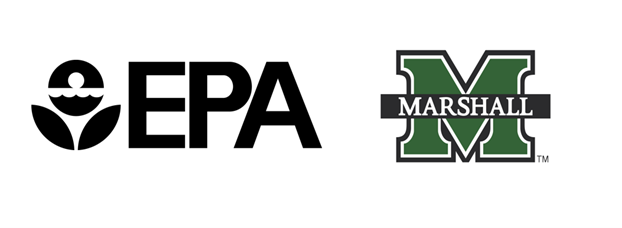EPA and Marshall University

Assessing Dangerous Anthrax Spores for Effective Disaster Remediation
What is the fate of a spore? This might seem like a whimsical question in springtime when pollen collects on surfaces until washed away from sight. What happens to spores like Bacillus anthracis, which produce toxins that lead to the lethal disease known as anthrax? After the anthrax bioterror attacks that followed September 11, 2001, EPA scientists began studying large-scale anthrax decontamination methods for water. Starting September 2020, EPA explored research suggesting that existing stormwater control measures has the potential to filter and contain spores.
After the anthrax bioterror attacks that followed September 11, 2001, EPA scientists began studying large-scale anthrax decontamination methods for water systems.
The Center for Environmental Solutions and Emergency Response partnered with Marshall University to study anthrax spores in water systems. Researchers from EPA, The Ohio State, and North Carolina State Universities assessed spore removal from surfaces: rainfall and water-hosing. They performed experiments at EPA’s rainfall simulator in Research Triangle Park facility to understand spore transportation within permeable pavement systems. They simulated outdoor runoff events using fire hydrants and injecting spores of Bacillus globigii (Bg) into stormwater control measure inlets. Then they conducted soil analysis at multiple depths from the runoff simulation testing for concentrations of spores and distribution size.
First responders can use the resulting spore modeling data to design sampling and decontamination plans in case of biological disaster.
This collaboration allowed Marshall University to access EPA scientists’ disaster response knowledge and use EPA facilities like the rainfall simulator. EPA benefited from Marshall University’s mathematical modeling expertise and assistance with the experiment design. Emergency responders and utilities can use modeling data within bioretention cells and permeable pavement to design decontamination plans for disasters.
This research supports EPA's emergency response and homeland security programs, which provide science for responding to and recovering from disasters.
EPA and Marshall University investigators published their findings on Science Direct here: Article Link. They are currently working to publish two additional papers in peer reviewed journals.
